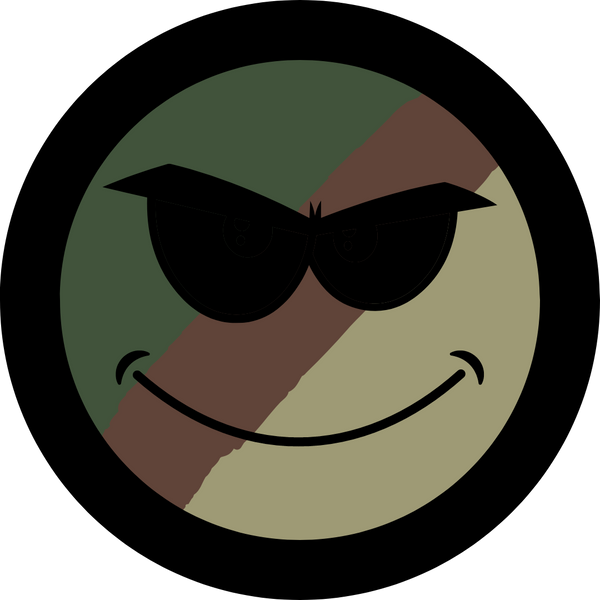In ancient Greece, Aristotle (384–322 BC) commented on the color-changing abilities, both for camouflage and for signaling, of cephalopods including the octopus, in his Historia animalium: The octopus ... seeks its prey by so changing its color as to render it like the color of the stones adjacent to it; it does so also when alarmed. — Aristotle Camouflage has been a topic of interest and research in zoology for well over a century.
According to Charles Darwin's 1859 theory of natural selection, features such as camouflage evolved by providing individual animals with a reproductive advantage, enabling them to leave more offspring. In his Origin of Species, Darwin wrote: When we see leaf-eating insects green, and bark-feeders mottled-grey; the alpine ptarmigan white in winter, the red-grouse the color of heather, and the black-grouse that of peaty earth, we must believe that these tints are of service to these birds and insects in preserving them from danger. Grouse, if not destroyed at some period of their lives, would increase in countless numbers; they are known to suffer largely from birds of prey; and hawks are guided by eyesight to their prey, so much so, that on parts of the Continent persons are warned not to keep white pigeons, as being the most liable to destruction. Hence I can see no reason to doubt that natural selection might be most effective in giving the proper color to each kind of grouse, and in keeping that color, when once acquired, true and constant.
The English zoologist Edward Bagnall Poulton studied animal coloration, especially camouflage. In his 1890 book The Colors of Animals, he classified different types such as "special protective resemblance" (where an animal looks like another object), or "general aggressive resemblance" (where a predator blends in with the background, enabling it to approach prey). His experiments showed that swallowtailed moth pupae were camouflaged to match the backgrounds on which they were reared as larvae. Poulton's "general protective resemblance" was at that time considered to be the main method of camouflage, as when Frank Evers Beddard wrote in 1892 that "tree-frequenting animals are often green in color. Among vertebrates numerous species of parrots, iguanas, tree-frogs, and the green tree-snake are examples". Beddard did however briefly mention other methods, including the "alluring coloration" of the flower mantis and the possibility of a different mechanism in the orange tip butterfly. He wrote that "the scattered green spots upon the under surface of the wings might have been intended for a rough sketch of the small flowerets of the plant [an umbellifer], so close is their mutual resemblance." He also explained the coloration of sea fish such as the mackerel: "Among pelagic fish it is common to find the upper surface dark-coloured and the lower surface white, so that the animal is inconspicuous when seen either from above or below."
Abbott Thayer's 1907 painting Peacock in the Woods depicted a peacock as if it were camouflaged. The artist Abbott Handerson Thayer formulated what is sometimes called Thayer's Law, the principle of countershading. However, he overstated the case in the 1909 book Concealing-Coloration in the Animal Kingdom, arguing that "All patterns and colors whatsoever of all animals that ever preyed or are preyed on are under certain normal circumstances obliterative" (that is, cryptic camouflage), and that "Not one 'mimicry' mark, not one 'warning color'... nor any 'sexually selected' color, exists anywhere in the world where there is not every reason to believe it the very best conceivable device for the concealment of its wearer", and using paintings such as Peacock in the Woods (1907) to reinforce his argument. Thayer was roundly mocked for these views by critics including Teddy Roosevelt.
Experimental evidence that camouflage helps prey avoid being detected by predators was first provided in 2016, when ground-nesting birds (plovers and coursers) were shown to survive according to how well their egg contrast matched the local environment.

